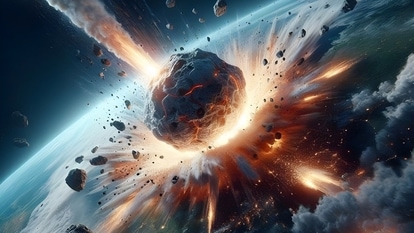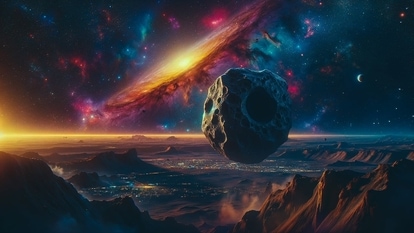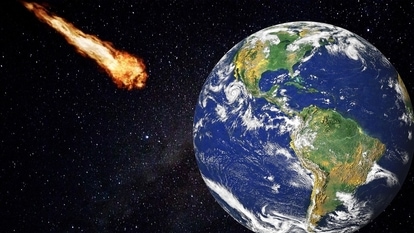This asteroid actually crashed against Earth and changed space science forever
The Chelyabinsk Event occurred a decade ago, and the asteroid's explosion was a wake-up call for Earth and all the space agencies.
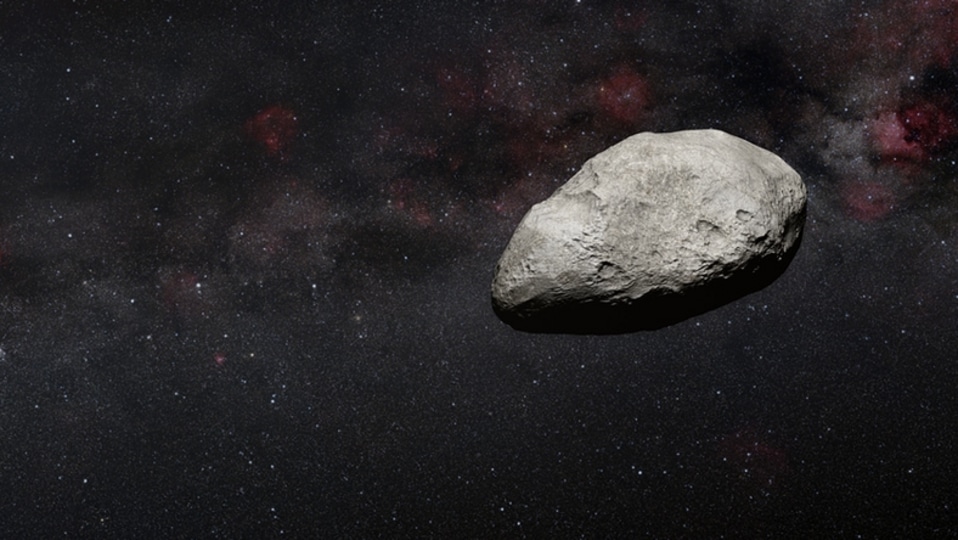

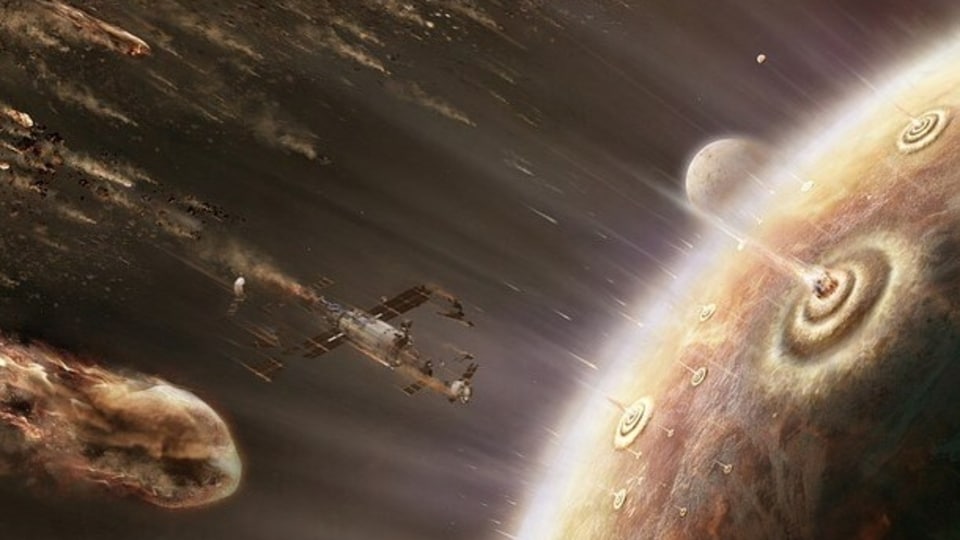

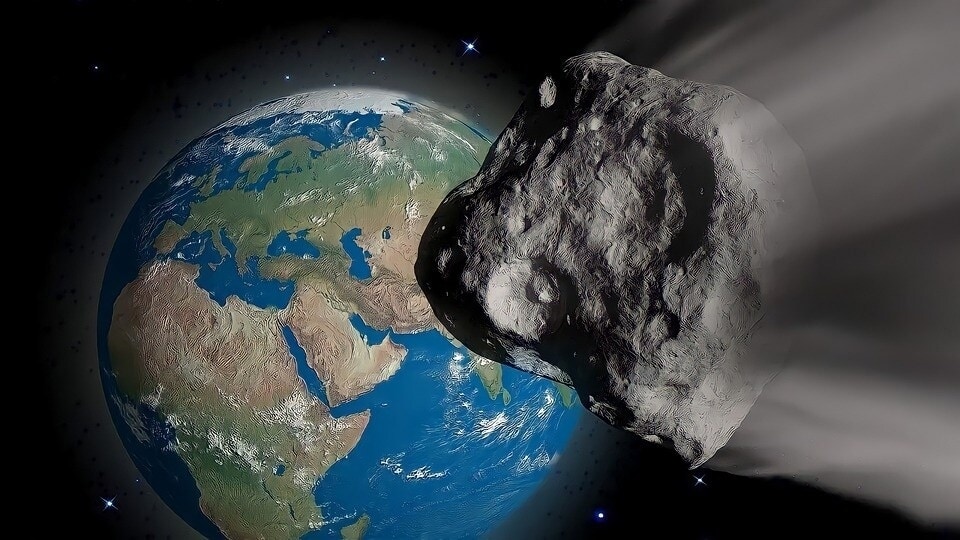

 View all Images
View all ImagesAsteroids often make close approaches to Earth, and they mostly do so without causing any harm. However, there is no guarantee that an asteroid will not hit Earth in the future. If history has taught us anything, nothing in life is certain. That turned out to be true, especially for people of Russia as an asteroid strike on Earth was reported in the city of Chelyabinsk on February 15, 2013. It recorded a 59-foot asteroid exploding over the city which left nearly 8000 buildings damaged and over 1000 people injured.
However, this wasn't the only asteroid strike in history, which had a devastating effect on Earth. Another asteroid event in recent recorded history happened in 1908, when a 196 feet wide asteroid exploded near the Podkamennaya Tunguska River in Eastern Siberia, Russia. Known as the Tunguska event, it had flattened 2150 square kilometers (about half the area of Rhode Island) of forests. Horrifically, it had killed as many as 80 million trees.
So, when the asteroid over the city of Chelyabinsk exploded, it caused the space rock to break down into small rocks which rained on the city. Glass shards from broken windows caused by the shock wave injured people and others reported eye damage. The Chelyabinsk event not only caused millions in damage, but it was a wake-up call too.
The event changed everything. It became a pivotal moment for humans to recognize the terrifying threat that floated above them. It showed the need for better study and tracking of asteroids and other celestial objects and led to the formation of various organizations which monitor Near-Earth Objects (NEOs) for potential impact.
Organization for asteroid study
NASA's Center for Near-Earth Object Studies was set up which computes high-precision orbit paths for NEOs from positions reported to the Minor Planet Center. CNEOS computes orbits for new asteroid discoveries and performs long-term analyses of possible future positions of hazardous asteroids relative to Earth to determine and warn of any impact hazard, according to NASA. CNEOS computes impact time and location in the event of a predicted impact.
To protect Earth against rogue asteroids which head towards Earth for potential impact, NASA successfully carried out its first planetary defense test. Named the Double Asteroid Detection Test or DART test, the mission's aim was to smash a spacecraft into the Dimorphos asteroid to deflect it away from its path. This historic test was successful, and the asteroid was deflected from its path, making the planet safe from potential asteroid impacts.
Catch all the Latest Tech News, Mobile News, Laptop News, Gaming news, Wearables News , How To News, also keep up with us on Whatsapp channel,Twitter, Facebook, Google News, and Instagram. For our latest videos, subscribe to our YouTube channel.




